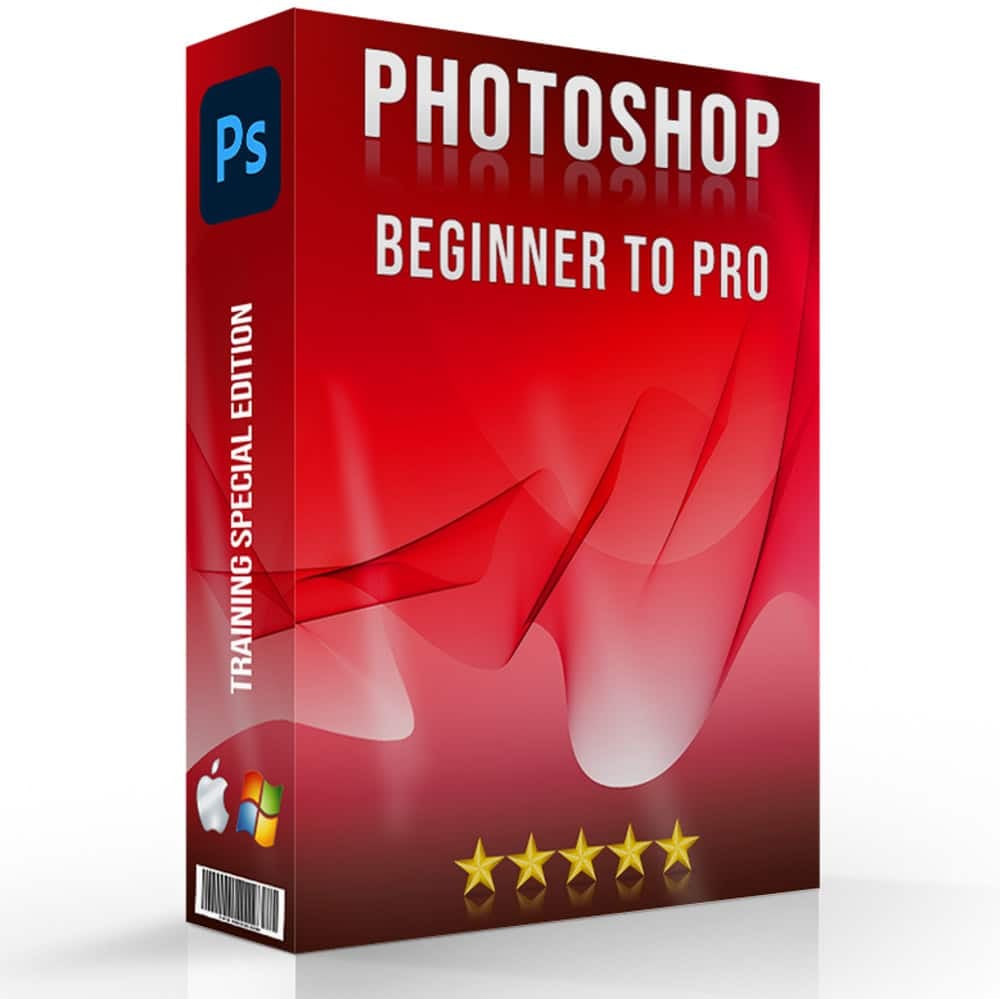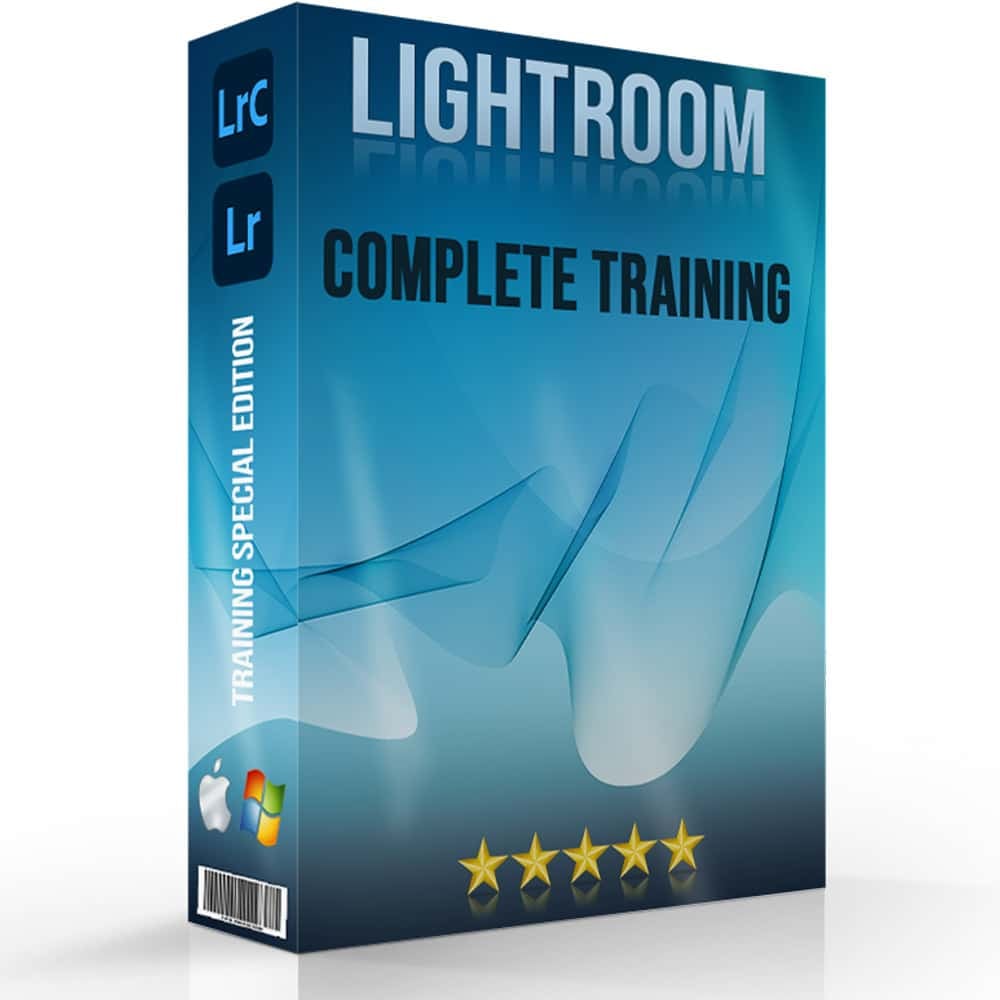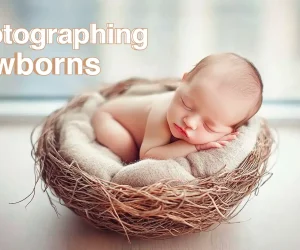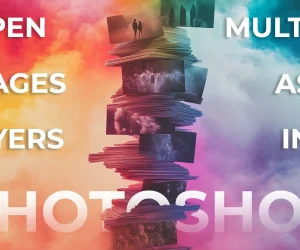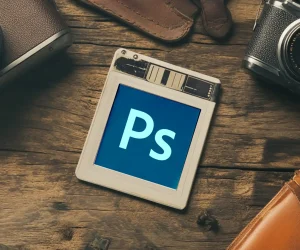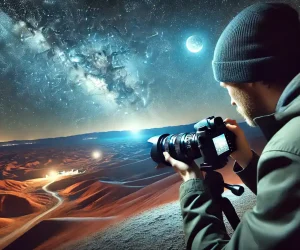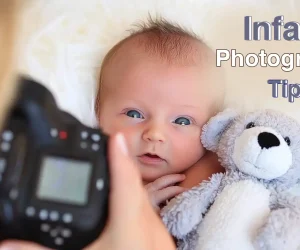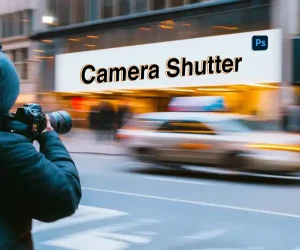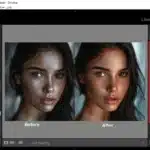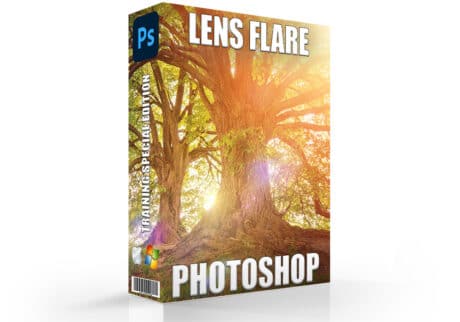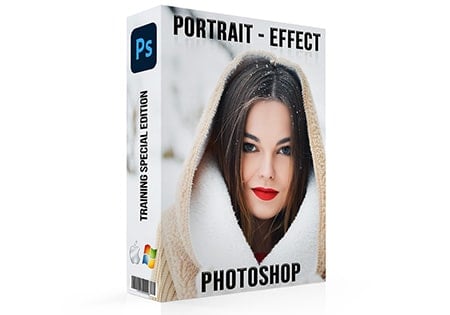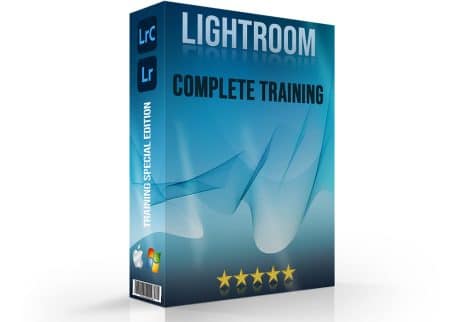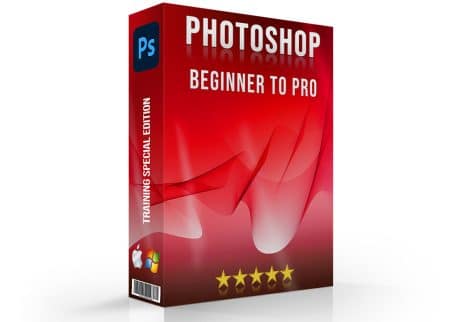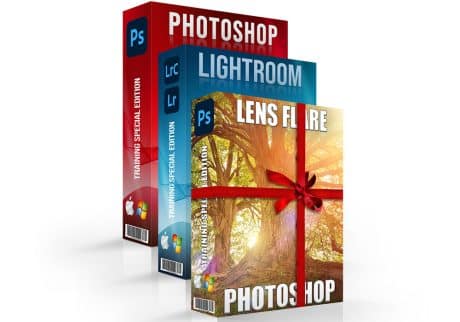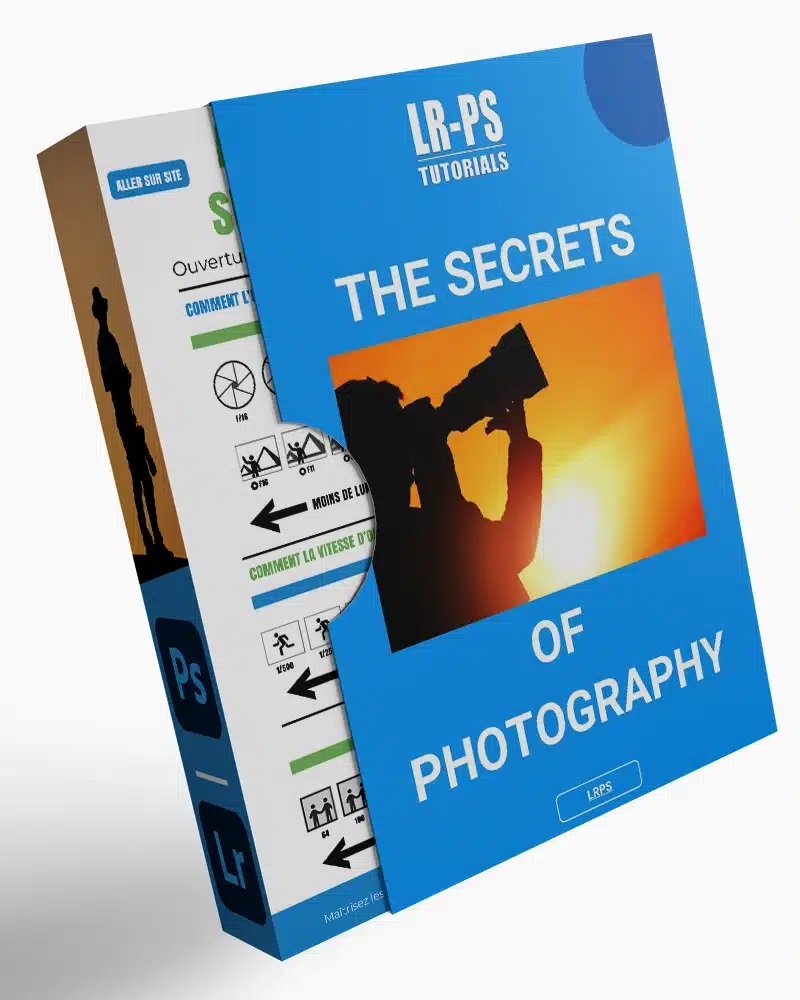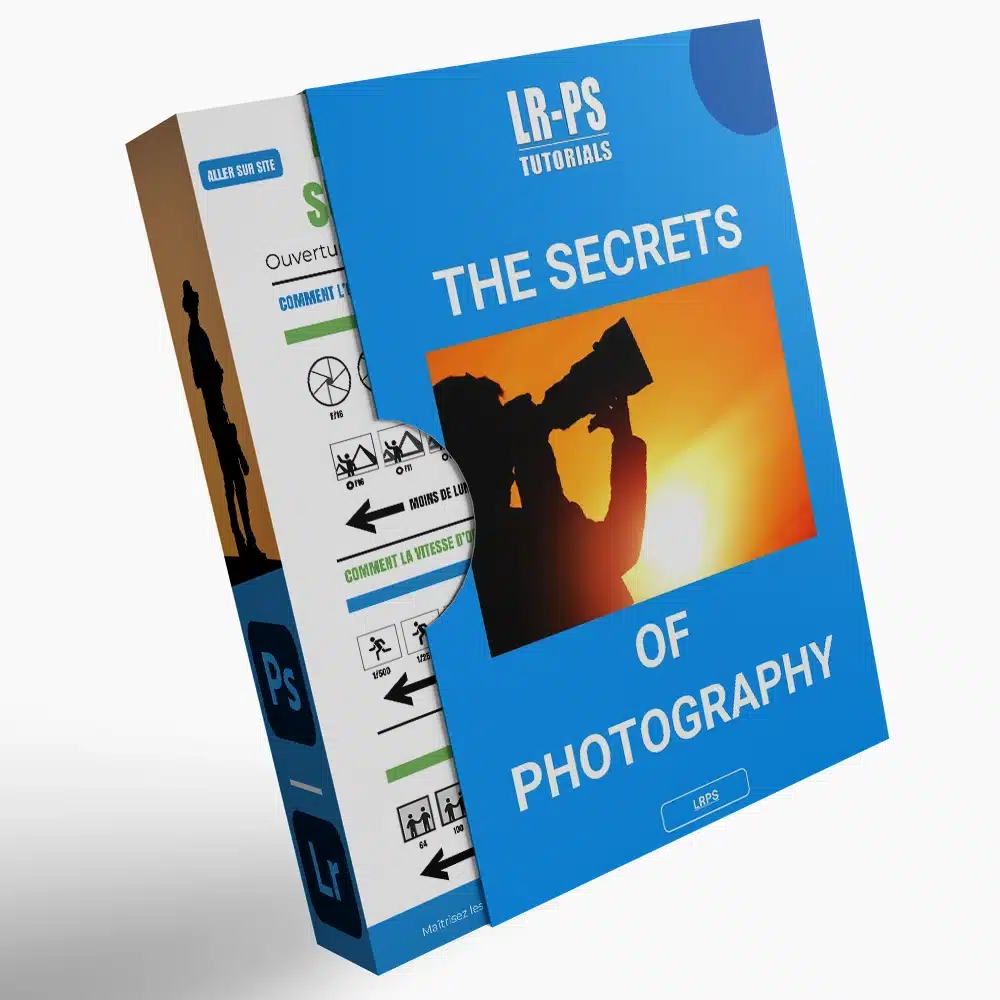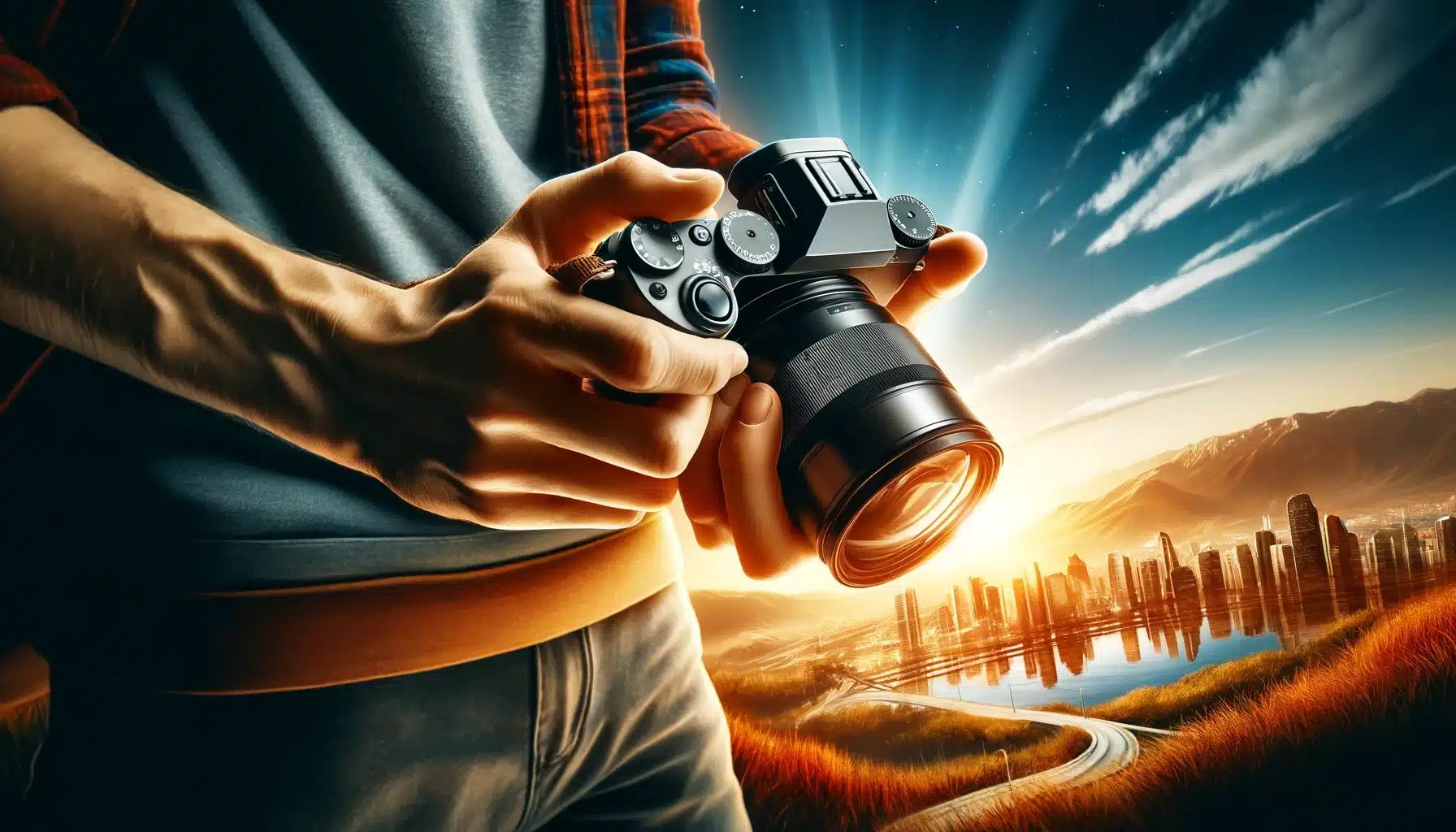
Introduction to the Best Mirrorless Cameras
The best mirrorless cameras offer cutting-edge technology and impressive features that cater to both amateur and professional photographers. These cameras combine high-quality sensors, advanced autofocus systems, and versatile shooting capabilities to provide exceptional performance. Whether you are looking for the best camera to capture stunning landscapes, action-packed wildlife, or detailed portraits, there is a mirrorless camera to meet your needs.
One of the significant advantages of mirrorless cameras is their compatibility with a wide range of lenses. Understanding the different types of lenses different types of lenses can greatly enhance your photography experience. From wide-angle lenses for breathtaking scenery to telephoto lenses for distant subjects, having the right lens can make a huge difference in your photos. As we delve into the best mirrorless cameras of this year, keep in mind how different lenses can complement these powerful devices.
Table of Contents
Top Mirrorless Cameras for Professional Photographers
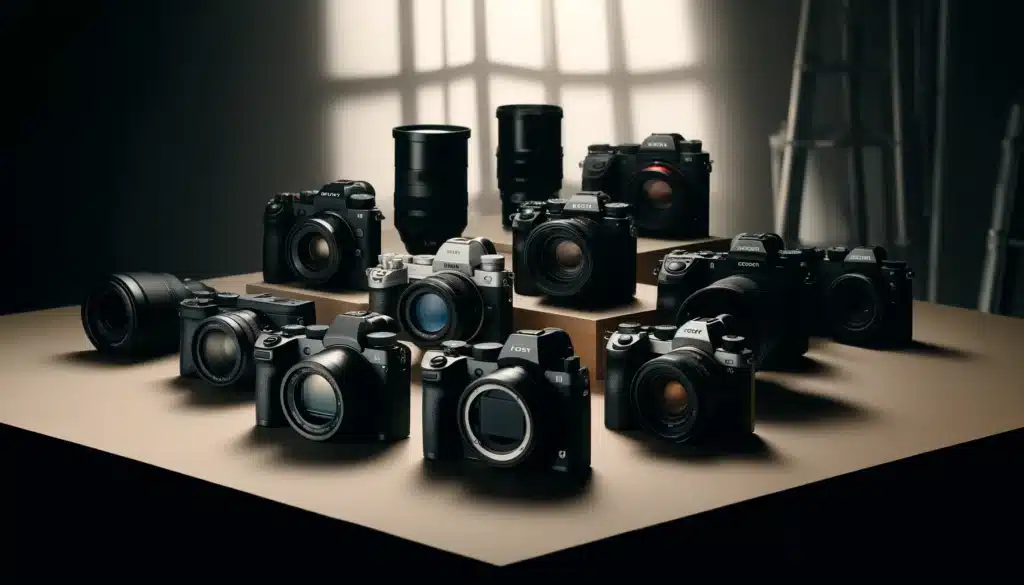
When it comes to professional photography, having top-of-the-line mirrorless cameras is essential for capturing high-quality images and videos. Here are some of the professional cameras you need for the shoot.
Fuji X100VI
The Fuji X100VI is a sophisticated, compact device designed to meet the needs of both enthusiasts and professionals. It features a 40.2MP APS-C X-Trans CMOS 5 HR sensor, which delivers outstanding resolution and color accuracy. This model includes in-body image stabilization, providing up to six stops of stability, making it highly effective for handheld shooting in various conditions.
The X100VI also supports 6.2K video recording at 30p and 4K at 60p, catering to high-quality video production needs. With a versatile hybrid viewfinder and 20 Film Simulation modes, including the new Reala Ace, this device combines classic design with modern technology for exceptional performance and creativity
Nikon Z8
The Nikon Z8 is a compact and lightweight powerhouse that offers high-end features similar to the flagship Z9 model. It includes a 45.7MP full-frame sensor and the same EXPEED 7 image-processing engine, making it perfect for a variety of photography genres, from landscapes to wildlife. The Z8 also supports 8K video recording, ensuring professional-grade video capabilities alongside its stellar photography performance
Canon EOS R5
The Canon EOS R5 is known for its incredible 45MP full-frame sensor and advanced Dual Pixel CMOS AF system, which ensures sharp and accurate focus. It also boasts 8K video recording and 20fps continuous shooting with an electronic shutter. The EOS R5’s in-body image stabilization (IBIS) provides up to 8 stops of correction, making it ideal for handheld shooting in various conditions. Understanding how to adjust the aperture can greatly enhance the shooting experience with this camera.
Sony A7 IV
The Sony A7 IV is an all-around excellent mirrorless camera, featuring a 33MP sensor and a fast, reliable autofocus system. It is particularly well-suited for landscape and wildlife photography. This best camera also includes a redesigned menu system and supports 4K video recording. Its versatility and performance make it a strong choice for professional photographers.
Panasonic Lumix S5 II
The Panasonic Lumix S5 II stands out with its phase-detect autofocus system and 24MP sensor. It offers a high-resolution mode that can produce 96MP images, making it ideal for detailed landscape photography. Additionally, it supports 6K video recording and includes a cooling fan to prevent overheating during extended shoots. This best camera is a solid option for both photographers and videographers. Properly setting the ISO is crucial for capturing clear and noise-free images, especially in varying lighting conditions.
Canon EOS R3
The Canon EOS R3 features a 24.1MP back-illuminated stacked CMOS sensor and is capable of 30fps continuous shooting. Its advanced autofocus system includes eye control AF and vehicle detection, making it perfect for sports and wildlife photography. The R3 also performs well in low-light conditions with an ISO range of 100-102,400, expandable to 204,800.
Best Mirrorless Cameras Under $1000
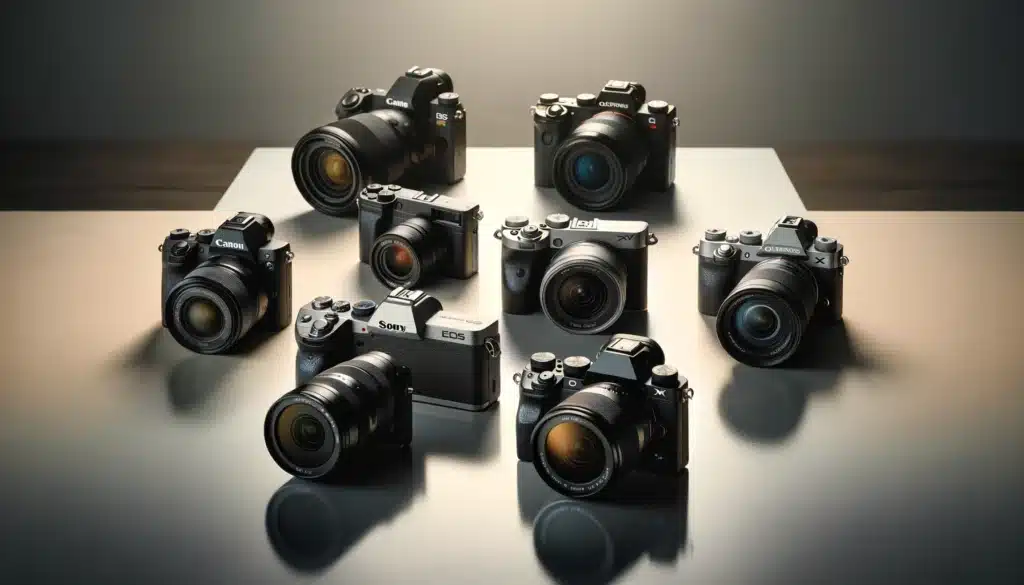
Finding a high-quality mirrorless camera under $1000 can be a challenge, but there are several great options available that offer excellent performance, versatility, and value. Here are some of the best mirrorless cameras within this budget:
Canon EOS R50
The Canon EOS R50 is a fantastic entry-level optic that offers great features for its price. It comes with a 24.2MP APS-C sensor and Canon’s renowned Dual Pixel AF system, ensuring quick and accurate focus. This best camera supports 4K video recording at 30fps and has a fully articulating touchscreen, making it ideal for vlogging and self-portraits. Its compact and lightweight design is perfect for travel and everyday use, fitting well with various different types of digital cameras.
Sony Alpha ZV-E10
The Sony Alpha ZV-E10 is designed specifically for content creators and vloggers. It features a 24.2MP APS-C sensor and an advanced autofocus system with real-time eye tracking. The camera supports 4K video recording and has a vari-angle LCD screen that makes it easy to frame your shots. Its compact size and user-friendly interface make it a popular choice among beginners and experienced users alike.
Panasonic Lumix G100
The Panasonic Lumix G100 is another excellent choice for vloggers and photographers on a budget. It boasts a 20.3MP micro four-thirds sensor and 4K video recording capabilities. The camera’s lightweight and ergonomic design make it easy to handle, and the high-quality built-in microphone ensures great audio for your videos. Additionally, the G100 features an advanced image stabilization system, which helps in capturing smooth and stable footage.
Fujifilm X-T30 II
The Fujifilm X-T30 II combines style and performance in a compact body. It has a 26.1MP APS-C sensor and supports 4K video recording at 30fps. This camera features Fujifilm’s excellent color science, producing vibrant and lifelike images. The X-T30 II also offers a wide range of film simulation modes, perfect for photographers who enjoy experimenting with different looks straight out of the camera. Understanding how to adjust the shutter speed can greatly enhance the quality of images taken with this camera.
Olympus OM-D E-M10 Mark IV
The Olympus OM-D E-M10 Mark IV is a versatile and affordable optic that is great for both photography and videography. It features a 20.3MP micro four-thirds sensor and in-body image stabilization, which helps in capturing sharp images and smooth videos. The camera supports 4K video recording and has a tilting touchscreen for easy composition. Its compact size and lightweight build make it a great option for travel and everyday photography.
Here is the price range of some great optics for you:
| Best Camera Models | Price (Approx.) | Key Features |
|---|---|---|
| Canon EOS R10 | $979 | 24.2MP APS-C sensor, 4K 60p video, 15fps burst rate |
| Sony Alpha a6400 | $898 | 24.2MP APS-C sensor, 4K video, Fast autofocus |
| Panasonic Lumix G100 | $599 | 20.3MP Micro Four Thirds, 4K video, Built-in mic |
| Nikon Z fc | $999 | 20.9MP DX-Format sensor, 4K UHD video, Eye-Detection AF |
| Canon EOS RP | $999 | 26.2MP Full-Frame sensor, 4K video, Vari-angle touchscreen |
Best Mirrorless Cameras for Travel & Wildlife Photography
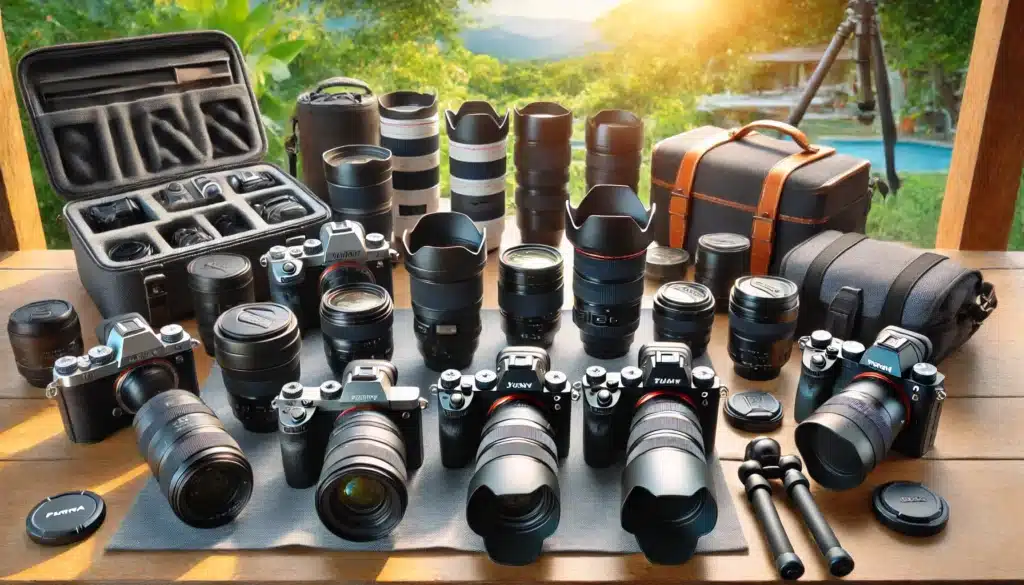
Travel and wildlife photography require cameras that are versatile, portable, and capable of capturing stunning images in a variety of conditions. Here are some top choices for these genres, including their features and benefits.
PowerShot V10
The PowerShot V10 is a compact and lightweight camera, perfect for travel photography. Its portability allows for easy handling and quick access when a spontaneous moment arises. With its high-resolution sensor, it delivers exceptional image quality, making it ideal for capturing vibrant landscapes and detailed close-ups of wildlife. Additionally, the PowerShot V10 offers excellent video capabilities, ensuring that both stills and videos are of high quality. Its compact size makes it a great choice for photographers who prioritize convenience without sacrificing image quality.
EOS R100
The EOS R100 is designed for enthusiasts who want high performance in a portable package. It features a high-resolution sensor and an advanced autofocus system, making it suitable for both travel and wildlife photography. The camera’s fast burst shooting mode is particularly useful for capturing fast-moving animals in their natural habitat. With its robust build and versatile features, the EOS R100 is well-suited for adventurous photographers looking to capture mirrorless camera photos with precision and clarity.
Nikon Zf
The Nikon Zf stands out for its excellent image quality and ergonomic design. It features a high-resolution sensor and superior low-light performance, which is crucial for wildlife photography during dawn or dusk. The camera’s advanced autofocus system ensures sharp and accurate focus, even on fast-moving subjects. Its durable construction makes it reliable for use in various outdoor conditions, making it a strong contender for those seeking to capture stunning mirrorless camera photos in the wild.
Fujifilm GFX 100S II
The Fujifilm GFX 100S II offers exceptional image quality with its medium format sensor, making it ideal for capturing detailed and high-resolution images. This camera is perfect for landscape and wildlife photographers who require superior image quality. Its in-body image stabilization helps achieve sharp images even in challenging conditions. Despite its larger sensor, the GFX 100S II is relatively compact and lightweight, making it a viable option for travel.
Sony ZV-1 II
The Sony ZV-1 II is tailored for vloggers and content creators but is also highly capable of travel and wildlife photography. Its compact size and user-friendly interface make it easy to carry and use in various settings. This best camera features a high-quality sensor and advanced autofocus, ensuring sharp and vibrant images. Its versatility makes it a great choice for photographers looking to capture both still images and videos with ease. The ZV-1 II is perfect for those who want a reliable and best camera for on-the-go photography.
Canon EOS M50 Mark II
The Canon EOS M50 Mark II is a versatile tool ideal for both stills and video. It boasts a 24.1MP APS-C sensor that provides impressive detail and color accuracy. With a DIGIC 8 processor, it supports 4K video recording, making it suitable for content creators and vloggers. The device includes an improved Dual Pixel CMOS AF system, ensuring smooth and precise focus, especially useful for live streaming and video conferencing. Additionally, the vari-angle touchscreen enhances ease of use, allowing for creative shooting angles and easy navigation. This model strikes a balance between performance and usability, catering to a wide range of users.
Top Mirrorless Cameras vs DSLR: Know the Difference
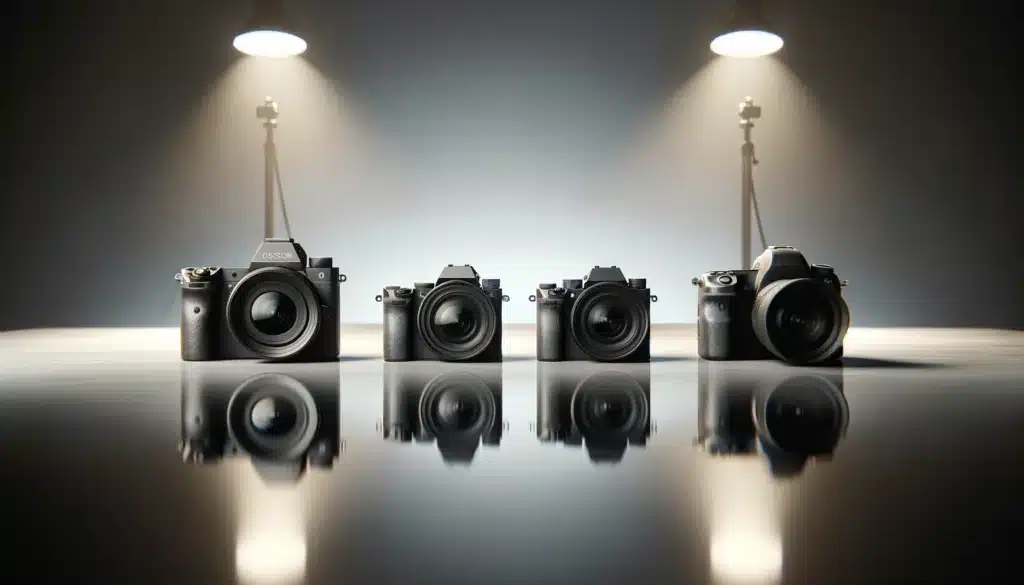
When choosing between mirrorless cameras and DSLRs, it’s important to understand the key differences and benefits of each. Both types of cameras have their own advantages and disadvantages, which make them suitable for different types of photography.
Image Quality and Performance
Mirrorless Cameras: They have the advantage of using the latest technology, which often includes superior electronic viewfinders (EVFs) that provide real-time previews of exposure, white balance, and other settings. Additionally, mirrorless cameras typically have faster burst shooting speeds, which can be beneficial for capturing fast-moving For example, photographers who engage in HDR merge can benefit from these advanced features to enhance their images.
DSLR Cameras: DSLRs are traditionally larger and heavier, but they offer the advantage of an optical viewfinder. DSLRs also tend to have longer battery life compared to mirrorless cameras, making them a good choice for extended shooting sessions. While both types of cameras can produce excellent image quality, DSLRs often have a wider range of lenses available, including specialized lenses for macro photography.
Autofocus and Video Capabilities
Mirrorless Cameras: They generally offer superior autofocus capabilities, especially for video. They use phase-detection autofocus directly on the sensor, which allows for more accurate and faster focusing. This is particularly useful for shooting videos, where maintaining focus on a moving subject is crucial. They also excel in video quality, often supporting higher resolutions and frame rates, which can be beneficial for creating smooth, high-quality footage.
DSLR Cameras: DSLRs also have good autofocus systems. They traditionally use a separate autofocus sensor, which can sometimes be less accurate, especially in live view mode. For video, DSLRs can still deliver excellent quality, but they might not offer the same level of advanced features and ease of use as mirrorless cameras. Many DSLRs require additional equipment, such as external monitors or recorders, to achieve the best video quality.
Size and Weight
Mirrorless Cameras: One of the main advantages of mirrorless cameras is their smaller size and lighter weight compared to DSLRs. This makes them more portable and easier to carry around, which is a significant benefit for travel and street photographers. This makes them ideal for both everyday use and specialized photography like macro photography.
DSLR Cameras: DSLRs are typically larger and heavier, which can be a disadvantage when traveling or shooting for long periods. However, the larger body can also provide better ergonomics, offering a more comfortable grip and better balance when using large lenses. This can be particularly important for professional photographers who need to use their cameras extensively throughout the day.
Battery Life and Durability
Mirrorless Cameras: They usually have shorter battery life due to the constant use of the electronic viewfinder and LCD screen. This means that photographers may need to carry extra batteries, especially for extended shoots. However, advancements in battery technology are gradually improving the battery performance of mirrorless cameras.
DSLR Cameras: DSLRs generally offer longer battery life, as they do not rely on electronic viewfinders. The optical viewfinder uses minimal power, allowing the camera to last longer on a single charge. This can be a crucial factor for photographers who shoot in remote locations where recharging batteries might be difficult.
How to Use a Mirrorless Camera
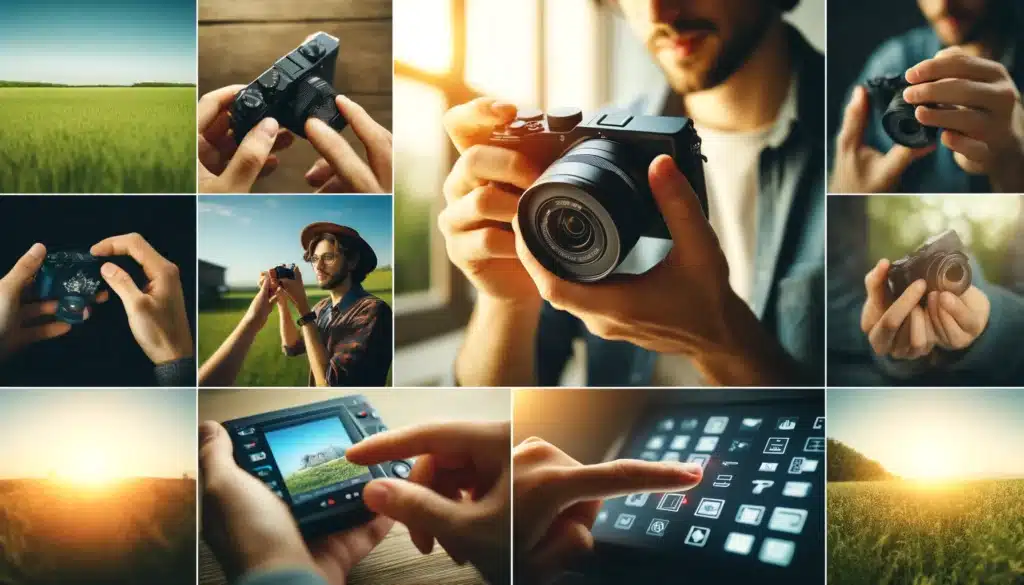
It can significantly enhance your photography experience. These cameras offer advanced features, excellent image quality, and versatility. Here’s a guide on how to use leading mirrorless cameras effectively, including some essential tips and techniques. You have to keep some important photography accessories with while travel or wild photography.
Getting Started with Your Best Mirrorless Cameras
Reading the manual is essential before you start using your camera. Familiarize yourself with the basic functions, buttons, and menu settings. This will help you understand how to navigate through different modes and settings. Make sure the battery is fully charged before you start. They often consume more power due to their electronic viewfinders and LCD screens, so it’s a good idea to carry a spare battery.
Basic Camera Settings
- Set the mode dial to options like Auto, Program (P), Aperture Priority (A or Av), Shutter Priority (S or TV), and Manual (M).
- For beginners, starting with Auto mode can be helpful. As you become more comfortable, you can explore other modes.
- Adjust the ISO setting, which controls the camera's sensitivity to light. In low-light conditions, a higher ISO can help, but it may introduce noise.
- They typically offer multiple focus modes, including Single Autofocus (AF-S), Continuous Autofocus (AF-C), and Manual Focus (MF). AF-S is great for still subjects, while AF-C is ideal for moving subjects.
Advanced Techniques and Tips
Use the electronic viewfinder (EVF) on mirrorless cameras to provide a real-time preview of your shot, including exposure and white balance. This helps you make adjustments before taking the photo, ensuring better results. Explore custom settings, as most mirrorless cameras allow you to customize settings such as button functions and shooting modes.
Good composition is crucial for creating visually appealing photos. Learn about composition rules like the rule of thirds, leading lines, and framing. Applying these rules can improve the overall aesthetics of your images.
Using The Best Mirrorless Cameras for Different Photography Styles
For seascape photography, use a small aperture (high f-number) to achieve a large depth of field, ensuring both the foreground and background are in focus. A tripod can help stabilize the camera and prevent blurriness. In portrait photography, a wide aperture (low f-number) creates a shallow depth of field, blurring the background and making the subject stand out.
They excel in this style due to their accurate autofocus systems. Street photography often involves capturing candid moments quickly. Use a compact lens and set your camera to a higher ISO to deal with varying light conditions. The silent shooting mode is also beneficial for unobtrusive shooting.
Maintaining Your Mirrorless Camera
Clean the sensor regularly as it can accumulate dust on the sensor. Use a blower or a sensor cleaning kit to keep it clean. Refer to the manual for specific cleaning instructions. Use the best camera bag to protect your gear from dust, moisture, and impacts. Regularly check and clean the lens to ensure clear, sharp images.
Top Mirrorless Cameras Settings for Various Light Conditions
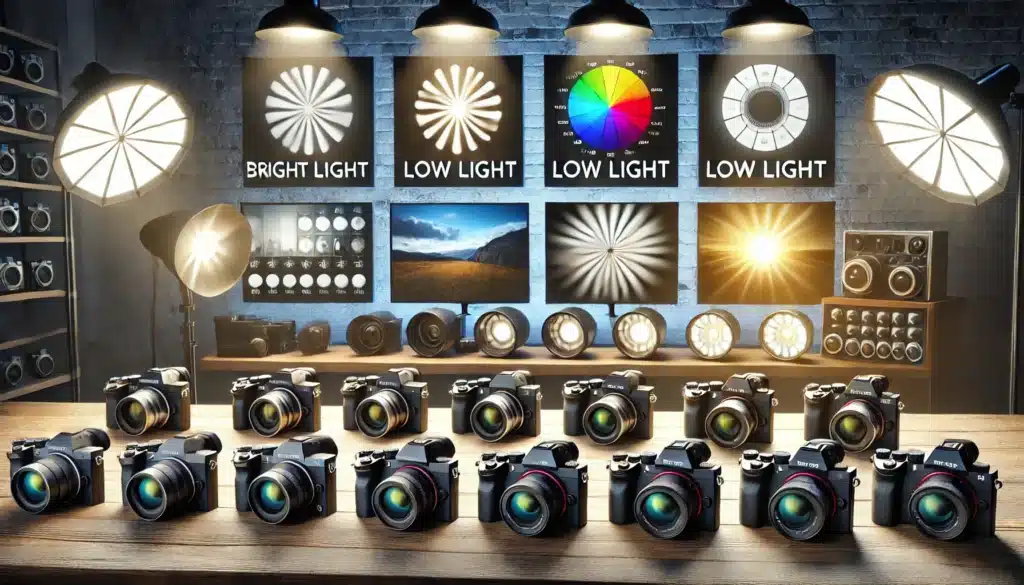
Understanding how to adjust your camera settings for different light conditions is crucial for capturing high-quality images. Here’s a guide to help you optimize your settings for Mirrorless Camera photos in various lighting environments.
Bright Light Conditions
In bright light conditions, such as midday outdoors, you often need to manage excessive light to avoid overexposed photos. Lower your ISO to the minimum setting, usually around 100 or 200, to reduce the camera’s sensitivity to light. Using a fast shutter speed, like 1/1000 or higher, helps to quickly capture the image and prevent overexposure.
Additionally, setting a small aperture (high f-number such as ( f/11 or f/16) limits the amount of light entering the lens, ensuring your Mirrorless Camera photos are crisp and well-exposed even in the brightest conditions.
Low-Light Conditions
Shooting in low-light conditions, such as during dusk or indoors, requires different settings to ensure your photos are clear and properly exposed. Increase the ISO setting to make the camera sensor more sensitive to light, but be cautious as a higher ISO can introduce noise. Using a slower shutter speed allows more light to hit the sensor; however, be mindful of camera shake and consider using a tripod.
A large aperture (low f-number like f/2.8 or f/1.8) lets in more light, improving the quality of your Mirrorless Camera photos in low-light situations. For more detailed techniques, you can explore these low-light photography tips.
Indoor Lighting
Indoor lighting can be tricky due to mixed light sources and lower light levels. Setting a custom white balance to match the indoor lighting helps avoid color casts. Increase the ISO moderately to avoid noise while still getting enough light. If possible, use external lighting sources like flashes or continuous lights to enhance the scene. These adjustments will ensure that your indoor mirrorless camera photos maintain good quality and accurate colors.
Using Camera Tethering
Tethering your camera to a computer can be incredibly useful in controlled lighting conditions like studio shoots. It allows you to see the images on a larger screen and make real-time adjustments. For more information, you can learn about camera tethering and its benefits. This technique is especially useful for ensuring your Mirrorless Camera photos are precisely as you envision them.
Signature Watermarks
When shooting in environments where lighting conditions change frequently, such as during events or in forests, it’s important to stay flexible. Using the Auto ISO setting allows the camera to adjust the ISO automatically based on the available light. Setting your camera to Aperture Priority mode (A or Av) lets you control the depth of field while the camera adjusts the shutter speed.
Exposure compensation can be used to quickly adjust the brightness of your images without changing other settings, ensuring that your Mirrorless Camera photos remain well-exposed in varying light conditions. Auto-focus and editing in Adobe Lightroom can help you achieve better results
Benefits of Choosing a Mirrorless Camera
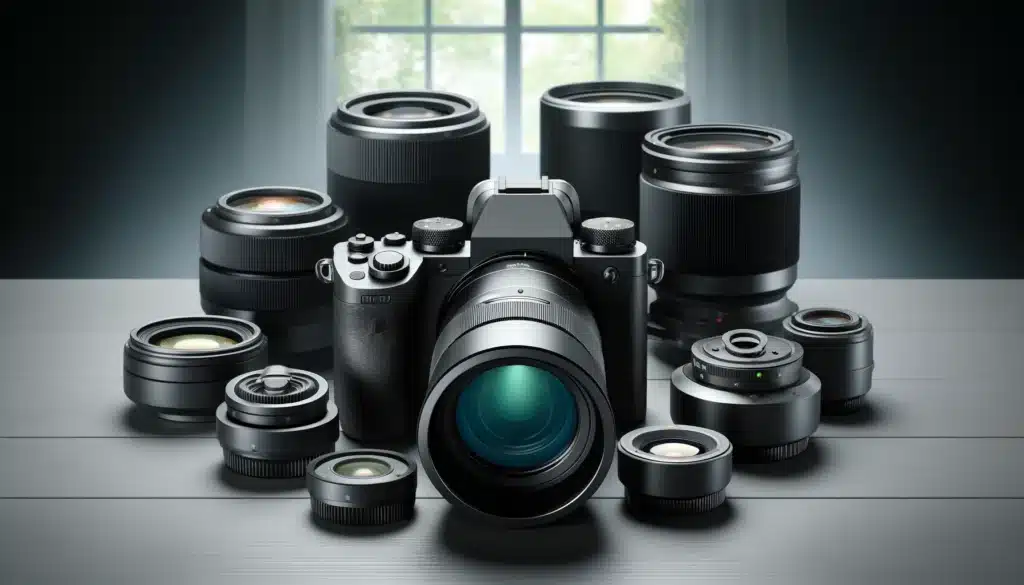
Lightweight and Compact Design of Top mirrorless cameras
One of the primary benefits of selecting this type of camera is its lightweight and compact design. These devices are generally smaller and lighter than traditional DSLRs, making them easier to carry around. This is especially advantageous for travel and street photography, where portability is essential. The reduced size does not compromise performance, offering a convenient solution for photographers on the go.
Advanced Autofocus Capabilities
These devices often feature advanced autofocus systems that are both fast and accurate. This is particularly useful for capturing fast-moving subjects, ensuring sharp and clear images. The autofocus systems in these cameras use both phase-detection and contrast-detection technologies, providing reliable focusing even in challenging conditions. This makes them ideal for various types of photography, including wildlife and sports.
Silent Operation of Leading Mirrorless Cameras
The absence of a mirror mechanism allows these devices to operate silently, which is a significant benefit in certain situations. For instance, when shooting in quiet environments like during a wedding ceremony or in nature, the silent operation prevents disturbing the scene. This feature is also beneficial for bird photography, where the sound of the shutter could startle the subjects.
Electronic Viewfinder
The electronic viewfinder (EVF) is a significant advantage as it provides a real-time preview of the image, including exposure, white balance, and depth of field. This allows photographers to make immediate adjustments and see the impact of changes before taking the shot. The EVF can display various shooting information and assist in composing the shot accurately.
Versatility and Customization
These devices offer a high level of versatility and customization. They often come with a range of interchangeable lenses and accessories, allowing photographers to adapt to different shooting scenarios. The ability to customize settings and use various lenses makes these devices suitable for both beginners and professionals.
Battery Efficiency and Performance
Despite being known for higher power consumption due to their electronic components, many of these devices have made significant improvements in battery efficiency. They now offer longer battery life, making them more reliable for extended shoots. Additionally, features like USB charging provide convenience for photographers who need to recharge on the go.
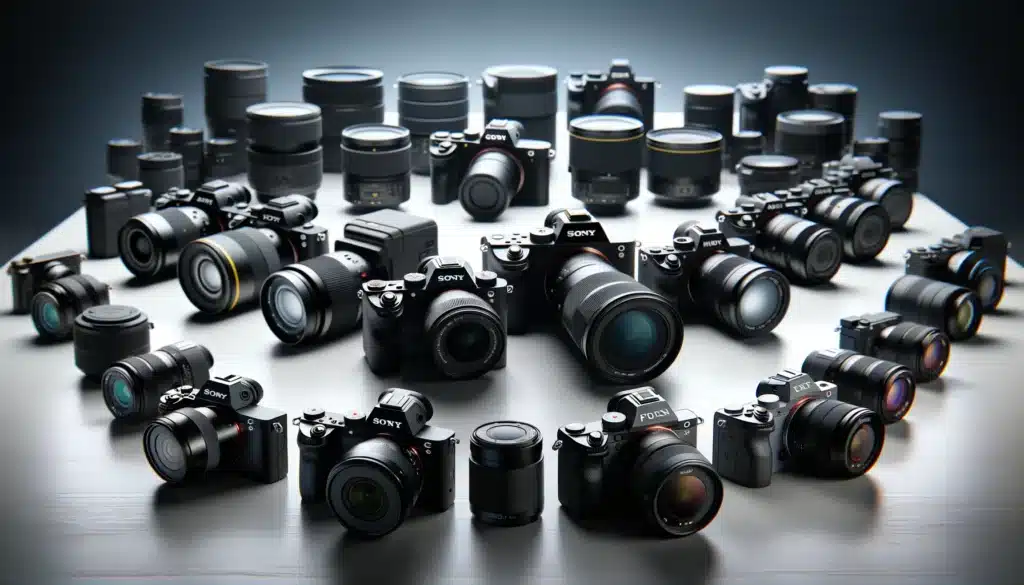
Frequently Asked Questions
What is the best mirrorless camera brand?
Sony is often regarded as the leading brand due to its cutting-edge technology and comprehensive range of models. Canon and Nikon are also highly respected, each offering innovative and high-performance options. The best brand depends on your specific needs and preferences, as each excels in different areas.
What is the best money mirrorless camera?
The Fujifilm X-T4 is frequently praised for providing exceptional value for its price. It combines robust build, versatile performance, and advanced features that are usually found in more expensive models. This makes it a top choice for those looking to get the most out of their investment without compromising on capability.
What is the fastest mirrorless camera?
The Sony Alpha 1 is renowned for its high-speed performance, boasting up to 30 frames per second shooting. This makes it ideal for capturing fast-paced action such as sports and wildlife. Its advanced technology ensures quick and reliable operation, meeting the demands of professional photographers who need to capture fleeting moments.
Is DSLR or mirrorless better?
The choice between these two types depends largely on your specific needs and shooting style. DSLRs typically offer longer battery life and a more extensive lens selection. However, mirrorless options are lighter, more compact, and often feature the latest technological advancements. Each type has its own advantages, making the best choice highly individual based on what features you prioritize.
Conclusion
In my review and experience as a photographer, transitioning to using a mirrorless camera was a game-changer. The lightweight design allowed me to carry my gear effortlessly during long hikes, and the advanced autofocus ensured that I never missed a shot, whether it was a fleeting moment of wildlife or a serene landscape. One memorable instance was when I ventured into bird photography. The silent operation of my device allowed me to capture stunning images without startling the birds, something that would have been challenging with a traditional DSLR.
If you’re considering enhancing your photography skills or delving deeper into the technical aspects of your camera, don’t wait and check out our specialized courses. Our Photoshop course and Lightroom course are designed to help you master photo editing and organization, enabling you to produce professional-quality images. Don’t miss the opportunity to elevate your craft and capture breathtaking moments with precision and creativity. Enroll today and start your journey towards becoming a skilled photographer!
Have a nice photoshoot!
Learn more about

